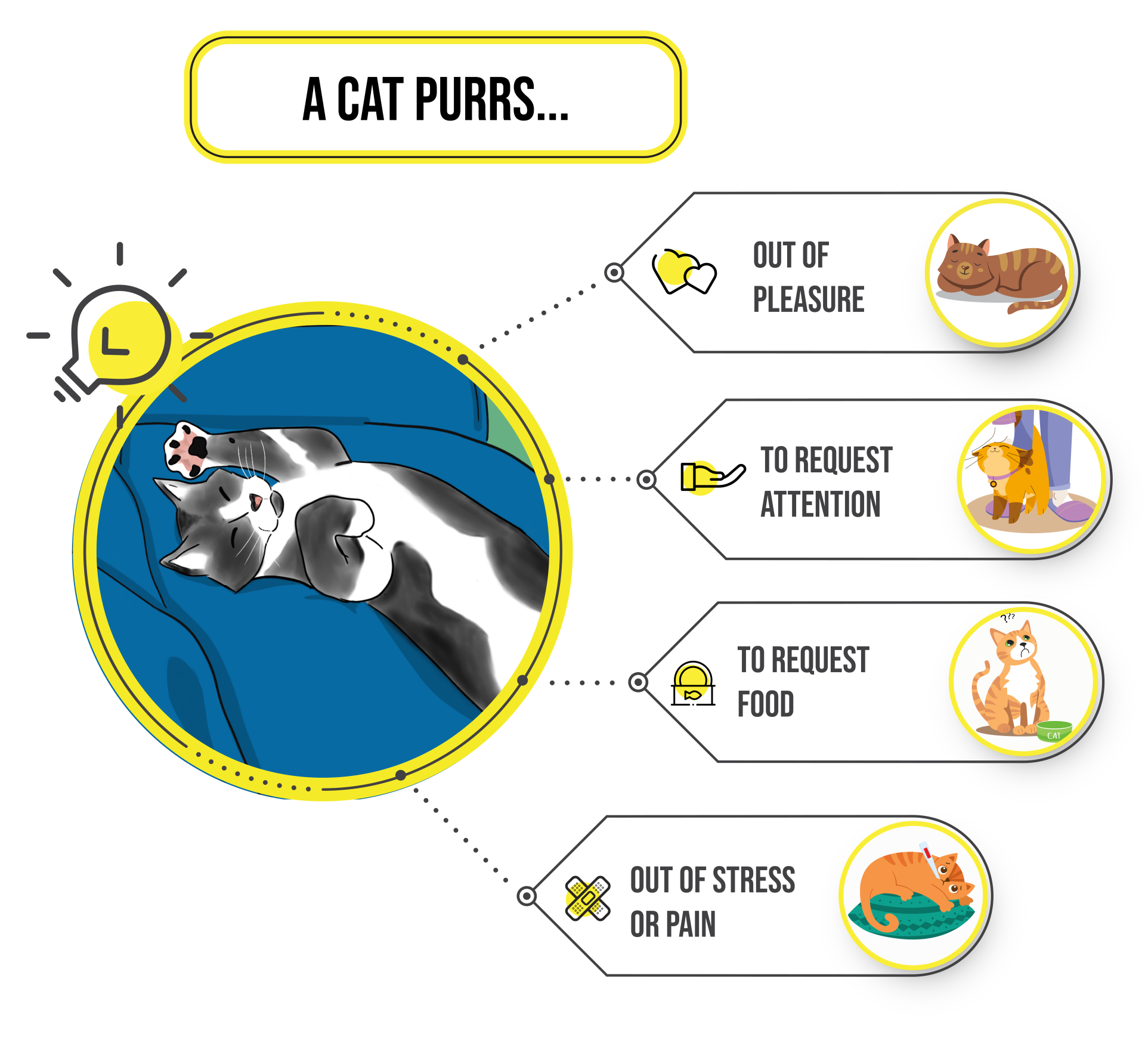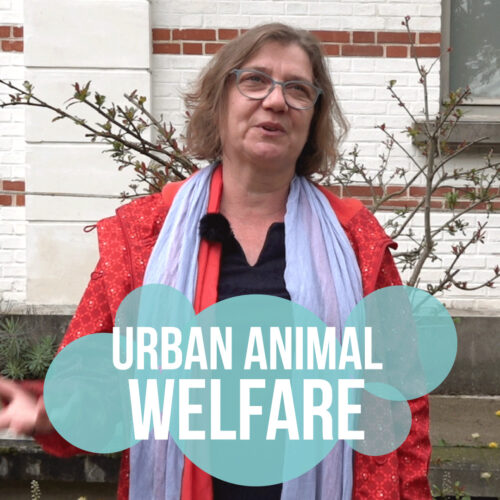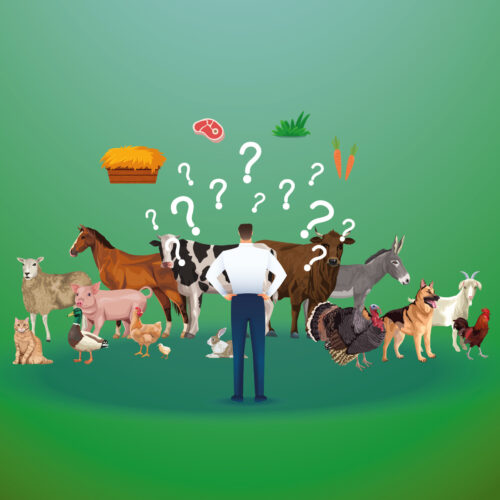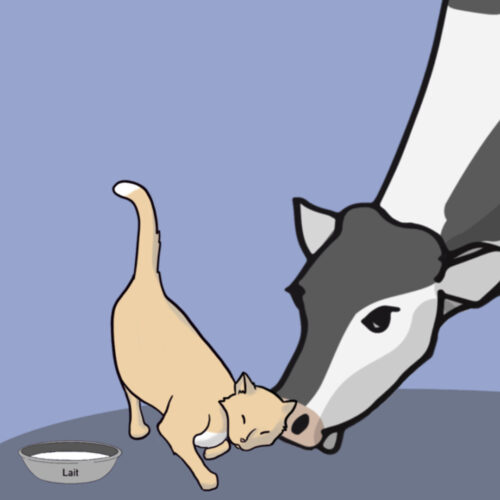

NOT ALWAYS TRUE!
A cat can purr for pleasure, for attention or food, or even for stress and pain!
keep in mind
- Purring is a demonstration of pleasure and of a "low level of excitement"
- Purring also takes on an eminently social character
- Cat purrs in a specific way when asking for food from its owner
- Experts have listed purring as a possible sign of pain, although it's still rare
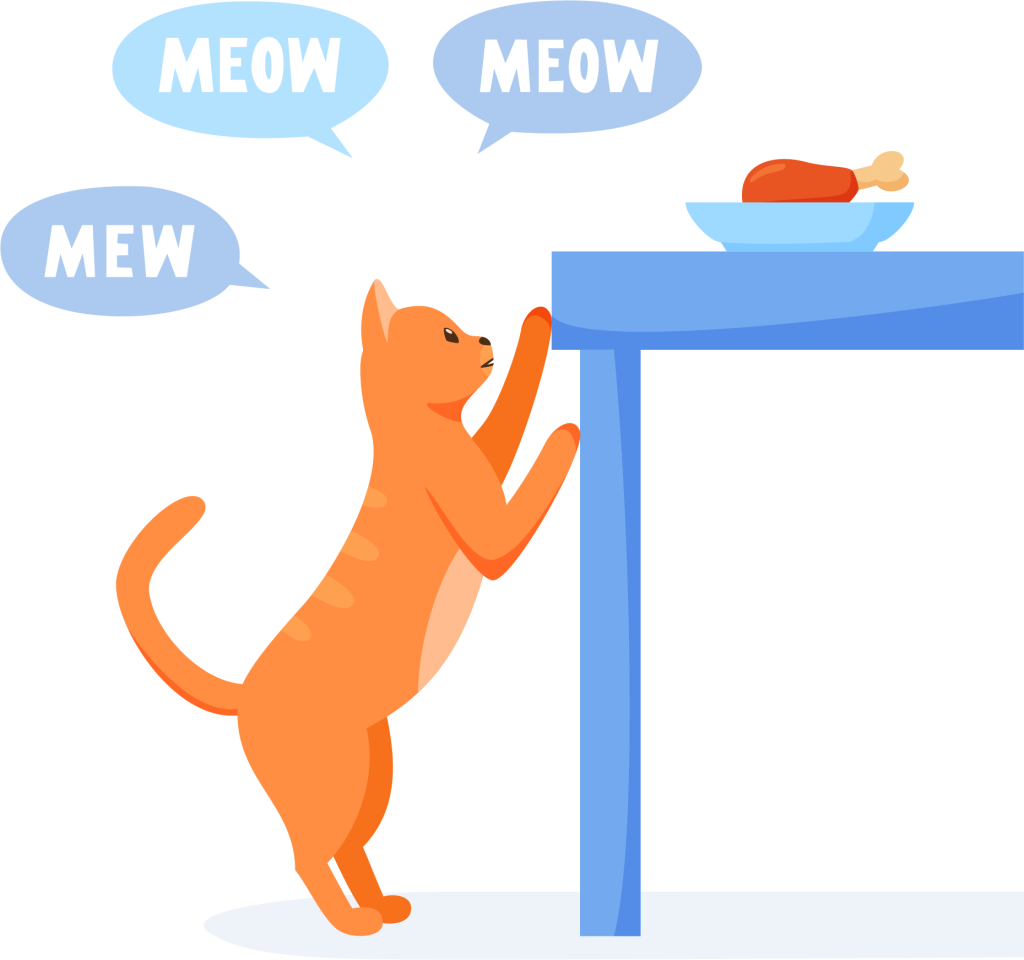
Households that have a cat know it: cats know how to make themselves understood! It has also been shown that an adult cat has 21 different vocalizations[3]. It appears that the domestic cat is the feline with the most developed and complex vocal repertoire. Cats are even more vocal than their wild counterpart, Felis silvestris libyca[4]. The reason for such a complex repertoire has not been clearly established: did cats evolve in the presence of humans to communicate more effectively[5] or is it the result of the domestication process that led humans to select the most pleasant and communicative cats[6]?
Purring is considered part of the cat’s vocal repertoire[7]. It is a way for it to communicate with its congeners but also with humans. While purring has been described in the scientific literature as a demonstration of pleasure and a “low level of excitement”[8], it is now clear that this is not its only function.
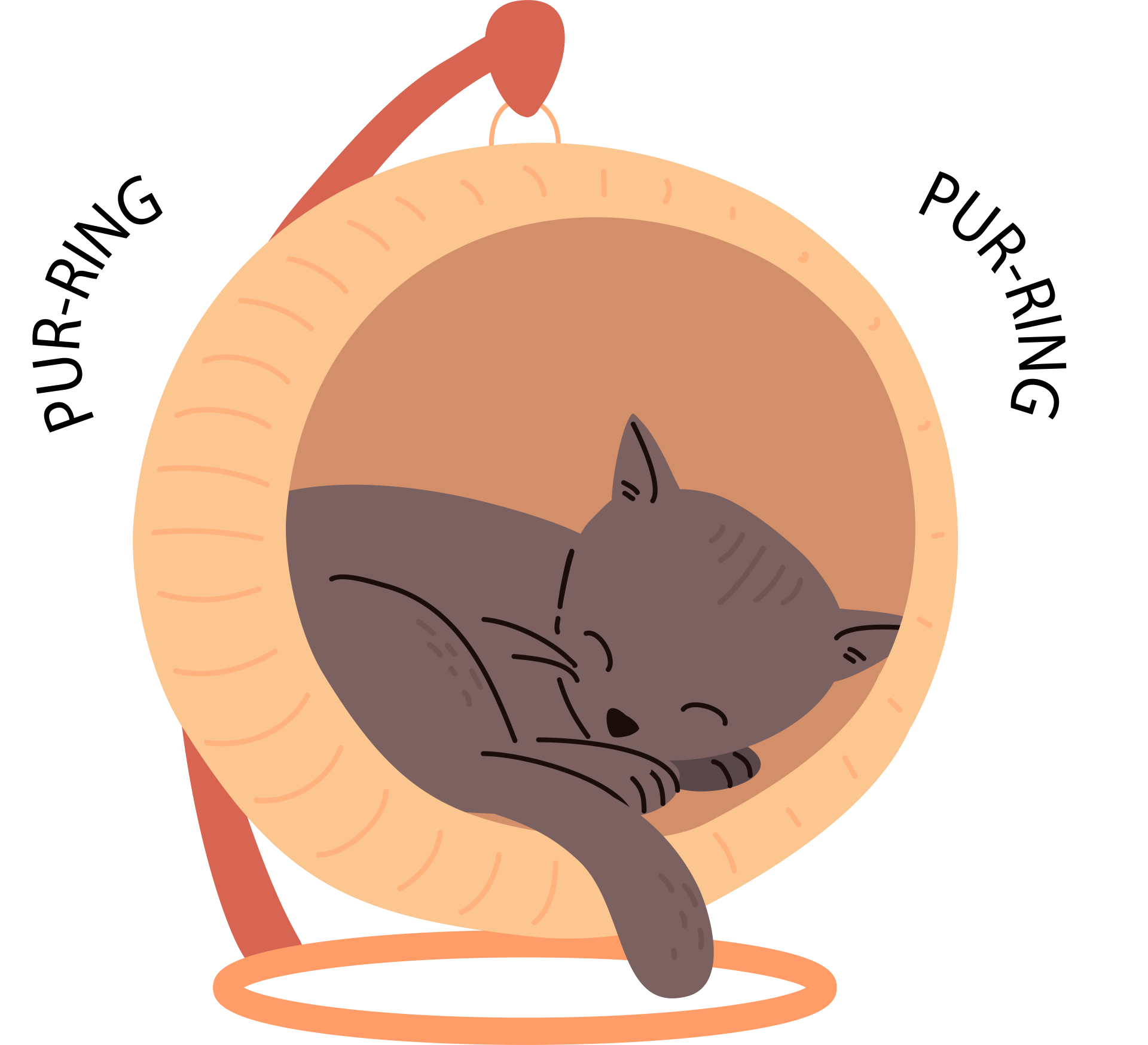

Did you know?
Felines aren't the only animals that purr! Animals of the Viverridae family, which includes species such as mongooses, genets, civets, also have a purr similar to that of felines.
There is also a tendency to use the term “purr” for other species such as raccoons, although specialists believe that it is a slightly different purr from that of felines[9].
Purring, a search for contact
While cats may purr when alone and in a comfortable situation, or when rubbing against objects[10], purring also takes on an eminently social character. Indeed, it seems that purring occurs while seeking and maintaining contact with congeners or with humans[11].
Kittens know how to purr almost from birth[12] and use it when suckling, which may encourage their mother to continue caring for them[13], but also send her the signal that “everything is fine”[14].
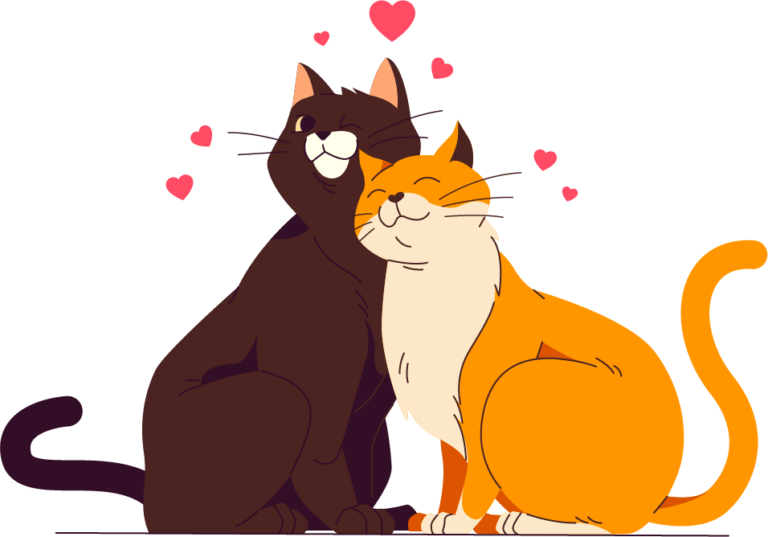
Some scientists also point to the fact that, during intra-specific interactions, purring might send a signal of appeasement, the cat then seeking to show that it is not a threat[17].
Concerning relationships with humans, it appears that cats purr when being petted or flattered vocally by a familiar person[18]. A cat may also purr when its owner returns after being away: the longer the separation, the more the cat then will purr[19]. According to some researchers, this indicates that owners have an important place in the social environment of cats.
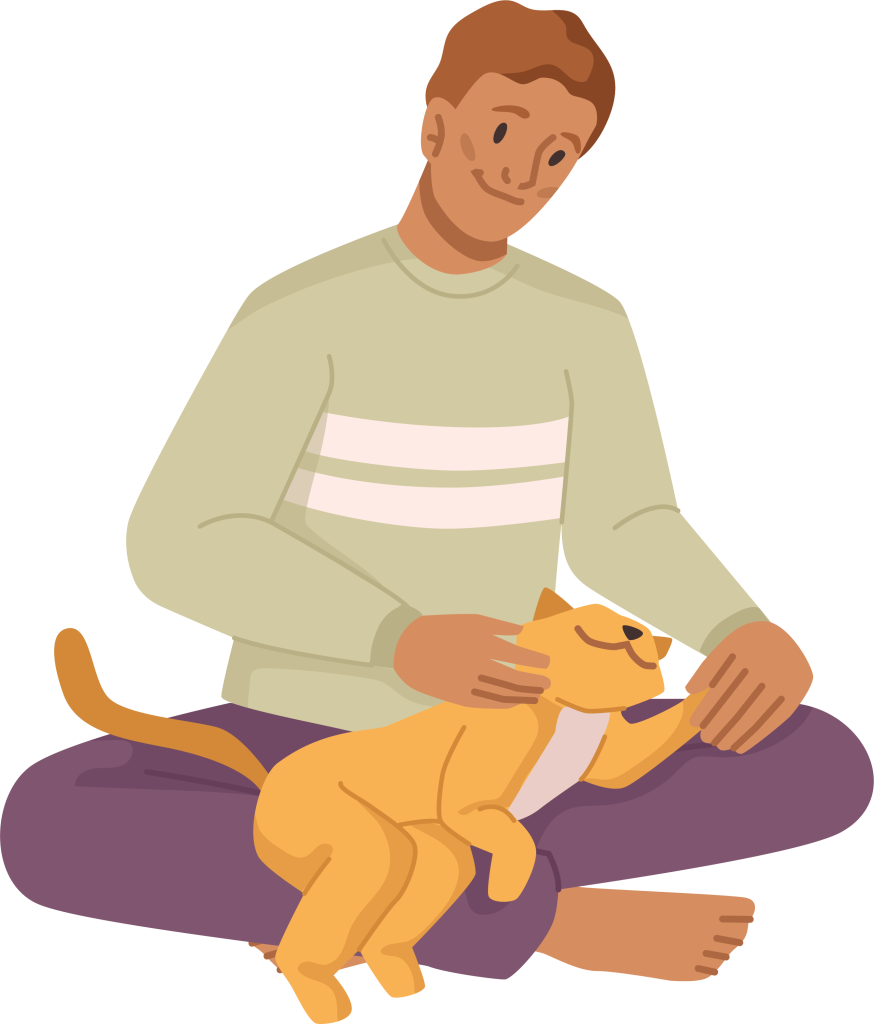

Did you know?
We tend to think that cats are independent beings who feel loosely attached to humans. However, studies have concluded that there may be bonds between cats and humans, even though there is no scientific consensus on the matter. A 2019 study concluded that cats exhibited the same major "attachment styles" as humans and dogs[20].
A particular purr to ask for food
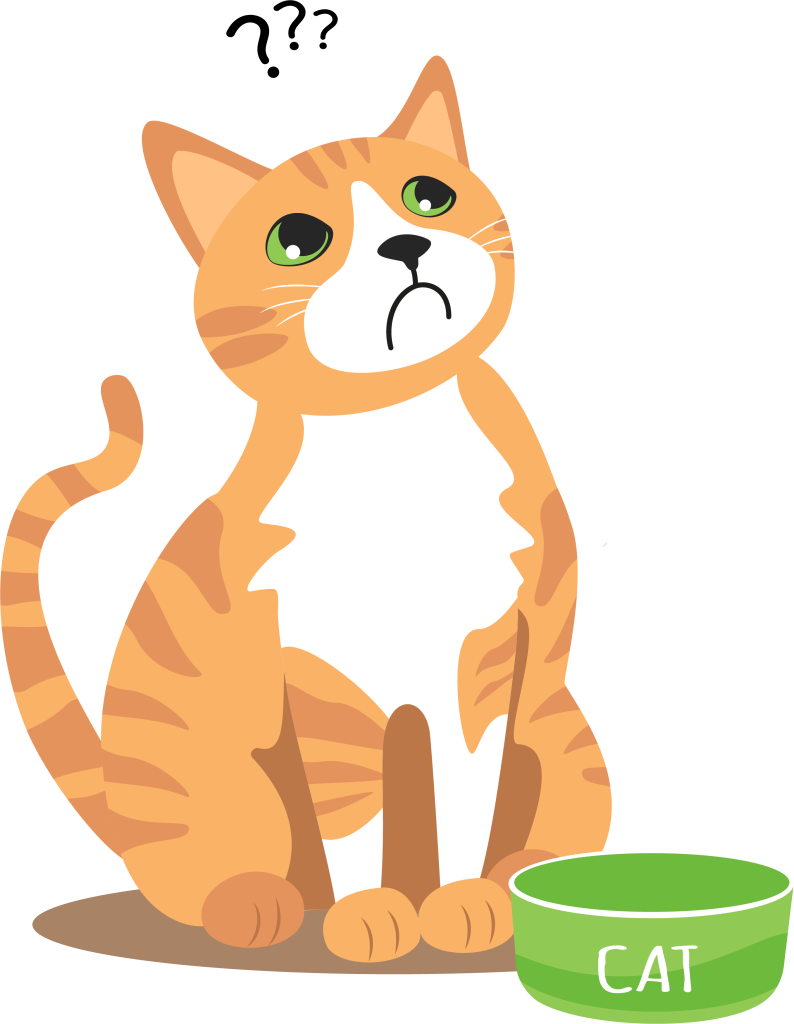
It has been shown that cats can also purr when requesting food from humans[21]. Purring gradually becomes more pressing with an additional sound component, making the request harder to ignore, and therefore more likely to be satisfied (which certainly tends to reinforce such behavior). Researchers also pointed out that this sound component has frequencies “comparable to the fundamental frequency of a child’s cry”. Finally, the same study also suggests that owners know the difference between normal purring and that associated with a request, which is considered less pleasant and more pressing.

In short!
Cats purr when they are well and feel a "low degree of excitement" but also in the context of cat/cat and cat/human interactions. Purring may even be a way for them to request food from their owners. Purring is in this last case slightly different, more urgent and less pleasant to the human ear.
Is purring a marker of pain and stress in cats?
Can purring occur in less pleasant circumstances? First of all, cats may purr when giving birth, between contractions[22].
Furthermore, it has been observed in veterinary practice that cats sometimes purr in a context of stress, pain or when they are close to death[23]. While we have not found large-scale scientific studies supporting this, case studies do report such a phenomenon[24]. Moreover, a consensus of experts has actually included purring among the possible signals of suffering, although it is believed to be rare[25].
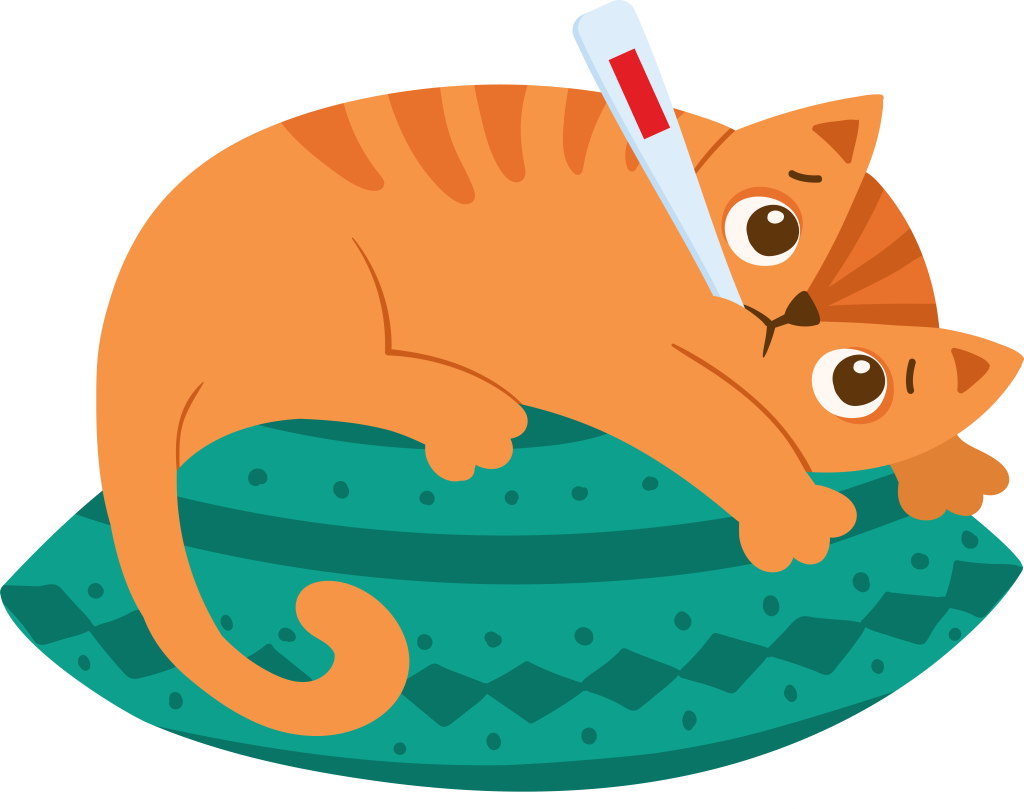
The reasons for purring while in stress or pain are not entirely clear at this time. Some see it as a way to request attention and care [26]. Some also wonder about purring as a way of facilitating healing. As we sometimes hear about the benefits of “purr therapy” on humans, scientists have wondered if purring could help an injured or sick cat to recover. Although further research is needed on this subject, a 2001 study[27] showed that the cat’s purr corresponds to a frequency used in therapy to promote bone growth, fracture healing, pain relief, reduction of edema or even dyspnea (difficulty breathing).

In short!
If your cat purrs, it may certainly be in a state of well-being, show its joy to see you, but it may also be asking for attention or food – which is more likely! However, although this is rare, it can also be in a state of stress or pain. In this case, only careful observation of all of its behavior will allow you to determine the reason for its purring. If it shows symptoms of illness (diarrhea, vomiting, coughing, sneezing, etc.), stops eating, seems listless, it may be time to visit your favorite veterinarian!
In conclusion
For further details
You can consult Anne-Claire Gagnon’s book (2020) Les chats, comment ils prennent soin de notre santé, Paris : Robert Laffont.
[1] https://sni.i-cad.fr/lechat Please note, this figure should be taken with caution because there are still many unidentified pet cats and it includes so-called “free” cats. That is to say, those “free” cat are identified by an association or a town hall and living off the street. Note that the identification of your cat is mandatory, otherwise you risk a fine of 750 euros. Retour
[2] https://www.i-cad.fr/uploads/21.Population.Barometre.DEF.pdf . Retour
[3] Tavernier C., Ahmed S., Houpt K. A., Yeon, S. C. (2020). Feline vocal communication. Journal of veterinary science, 21(1), https://doi.org/10.4142/jvs.2020.21.e18. Retour
[4] Tavernier et al. (2020) ; Bradshaw J., Casey R., Brown S. (2012). The Behavior of the Domestic Cat, 2e éd. Wallingford : CABI. Retour
[5] Koyasu H., Kikusui T., Takagi S., Nagasawa M. (2020). The Gaze Communication Between Dogs/Cats and Humans : Recent Research Review and Future Directions. Frontiers in Psychology, https://doi.org/10.3389/fpsyg.2020.613512. Retour
[6] Bradshaw et al. (2012). Retour
[7] Tavernier et al. (2020). Retour
[8] Kiley-Worthington M. (1984). Animal language? Vocal communication of some ungulates, canids and felids. Acta Zoologica Fennica,171(83). Retour
[9] Indeed, cats have been shown to purr during inhalation and exhalation, while raccoons seem to only “purr” during exhalation: Peter G. (2002). Purring and similar vocalizations in mammals. Mammal Revue, 32(4), https://doi.org/10.1046/j.1365-2907.2002.00113.x. Retour
[10] Kiley-Worthington M. (1984). Retour
[11] Bradshaw J., Brown S. (2013). “Communication in the Domestic Cat: Within and Between Species”, in The Domestic Cat: The Biology of its Behavior, eds Turner D. et Bateson P., 3e ed., Cambridge: Cambridge University Press. Retour
[12] Bradshaw J. et al. (2013). Retour
[13] Haskins R. (1977). Effect of kitten vocalizations on maternal behavior. Journal of Comparative Physiology and Psychology, 91(4), https://doi.org/10.1037/h0077362. Retour
[14] Turner D., Bateson P. (2013). “Postscript: Questions and Some Answers”, in The Domestic Cat: The Biology of its Behavior, eds Turner D. et Bateson P., 3e ed., Cambridge: Cambridge University Press ; Bradshaw J. et al. (2013). Retour
[15] Bradshaw J. et al. (2013). Retour
[16] Turner D. et al. (2013). Retour
[17] Tavernier et al. (2020); Schötz S., van de Weijeir J., Eklund R. (2017). “Phonetic Characteristics of Domestic Cat Vocalisations”, in Proceedings of the 1st International Workshop on Vocal Interactivity in-and-between Humans, Animals and Robots, Skövde, Sweden, 25-26 August 2017; Turner D. et al. (2013). Retour
[18] Moelk M. (1944). Vocalizing in the House-Cat: A Phonetic and Functional Study. The American Journal of Psychology, 57 (2), https://doi.org/10.2307/1416947. Retour
[19] Eriksson M., Keeling L. J., Rehn T. (2017). Cats and owners interact more with each other after a longer duration of separation. PLoS One, https://doi.org/10.1371/journal.pone.0185599. Retour
[20] The attachment styles are: secure, insecure, ambivalent, avoiding, disorganized. The cited 2019 study and a 2007 study applied a “Strange Situation Test” to cats, a test initially used to evaluate the attachment security in humans but then applied to primates and then to dogs. The assessment of security is done by analyzing the behavior of individuals at the beginning and then at the return of the attachment person. Depending on the observed behavior, we define the attachment style of the individual (security, insecure, ambivalent, avoiding, disorganized). Note that while these two studies seem to agree on the fact that cats have similar attachment styles to those developed by humans, another study from 2015 directly questions the 2007 study and more generally doubts the applicability of the “Strange Situation Test” as such to cats without any methodological adjustments. By reviewing the methodology of the test so that it best applies to the ethological functioning of the cat, the scientists of the 2007 study would have shown that the cat would remain a fairly autonomous animal, who would not depend on others for a sense of security : Vitale K., Behnke A., Udelle M. (2019). Attachment bonds between domestic cats and humans. Current Biology, 29 (18), https://doi.org/10.1016/j.cub.2019.08.036 ; Edwards C., Heiblum M., Tejeda A. (2007). Experimental evaluation of attachment behaviors in owned cats. Journal of Veterinary Behavior, 2(4), https://doi.org/10.1016/j.jveb.2007.06.004 ; Domestic Potter A., Mills D. S. (2015). Cats (Felis silvestris catus) Do Not Show Signs of Secure Attachment to Their Owners. PLoS ONE, 10(9), https://doi.org/10.1371/journal.pone.0135109. Retour
[21] McComb K., Taylor A. M., Wilson C., Charlton B. D. (2009). The cry embedded within the purr. Current Biology, 19 (3), https://doi.org/10.1016/j.cub.2009.05.033. Retour
[22] Cooper J. B. (1944). A description of parturition in the domestic cat. Journal of Comparative Psychology, 37 (2), https://doi.org/10.1037/h0060726. Retour
[23] Bradshaw et al. (2012) ; Schötz S. et al. (2017) ; Rodan I. (2010). Understanding Feline Behavior and Application for Appropriate Handling and Management. Topics in Companion Animal Medicine, 25(4), https://doi.org/10.1053/j.tcam.2010.09.001. Retour
[24] Cook T. F. (1973). The relief of dyspnoea in cats by purring. New Zealand Veterinary Journal, 21(3), https://doi.org/10.1080/00480169.1973.34076. Retour
[25] Merola I., Mills D. (2016). Behavioural Signs of Pain in Cats: An Expert Consensus. PLoS ONE, 11(2), https://doi.org/10.1371/journal.pone.0150040. Retour
[26] Bradshaw J. et al. (2013). Retour
[27] Von Muggenthaler E. (2001). The Felid Purr: A Healing Mechanism? The Journal of the Acoustical Society of America, 110, https://doi.org/10.1121/1.4777098. Retour
keep in mind
- Purring is a demonstration of pleasure and of a "low level of excitement"
- Purring also takes on an eminently social character
- Cat purrs in a specific way when asking for food from its owner
- Experts have listed purring as a possible sign of pain, although it's still rare

